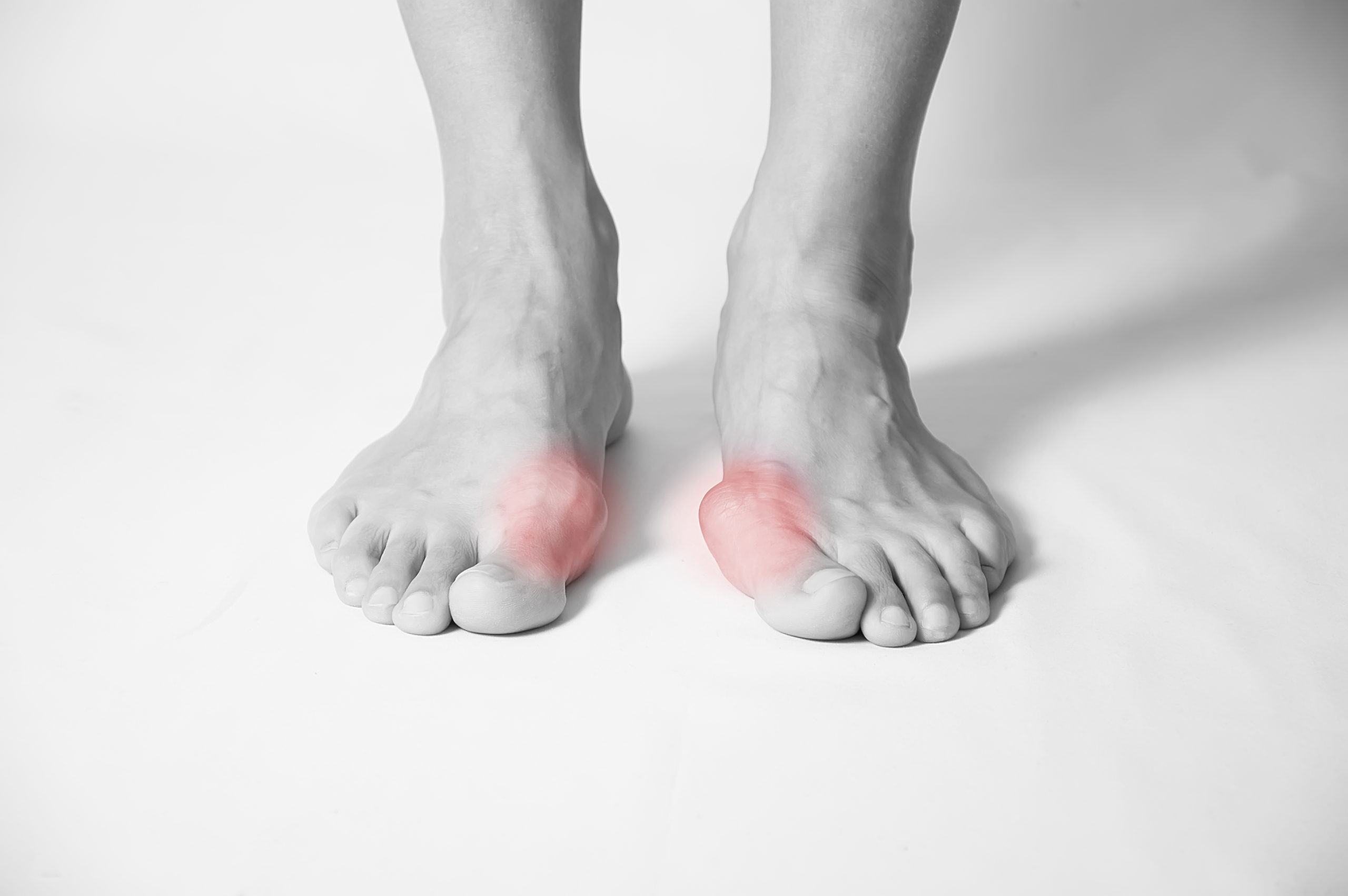What do sesamoid bones do and who is at risk for sesamoid injury?
In the feet, the sesamoid bones provide a pulley-like action that allows the tendons of the foot attached to the large toe to create movement of the large toe, as well as protect the tendon during the push-off part of taking a step or jumping. The sesamoids absorb weight and pressure placed on the feet while walking, running, or jumping. Dancers, runners, basketball and football players, golfers, and tennis players are often at higher risk of sesamoid injuries due to the pressure and weight placed on their feet during these activities. However, those who wear frequently wear high heels or have high arches are also at higher risk for developing sesamoid injuries — as high heels and high arches put additional pressure on the sesamoids.
What are sesamoid injuries?
Normally, the feet are highly efficient in absorbing and displacing force, allowing the body to propel itself forward. However, that very same force also places these bones and the structures around them at risk for strains and fractures. The most common injuries related to the sesamoids are fractures of the bones and inflammation of the attached tendons. Inflammation of the tendons is called sesamoiditis. Unfortunately, fractures of the sesamoid bones often result in displacement of the bones.
Sesamoid injuries often result in pain under the large toe on the ball of the foot. Sesamoiditis is inflammation of the tendon and often begins gradually. Sesamoid fractures cause immediate pain, and in both, there is typically difficulty with moving the large toe. Some people may also experience swelling or bruising, though these symptoms are often absent.
How are sesamoid injuries diagnosed and treated?
The most important aspect of treating sesamoid injuries is determining if you have sesamoiditis or a sesamoid fracture. As with many other foot injuries, your podiatrist at Kansas City Foot Specialists will begin by examining your feet. If your podiatrist suspects a sesamoid injury, your physical examination will include manipulation of the large toe. The next step in diagnosis is typically an x-ray, and in some cases, an MRI might be required. Once a sesamoid injury is confirmed, you will begin treatment specific to your injury. In severe cases that do not respond to more conservative therapies, surgery may be required.
Sesamoiditis treatment
Sesamoiditis treatment begins with rest, ice, and ibuprofen or aspirin. Sesamoiditis is also treated with flat or low, soft-soled shoes and sesamoiditis pads. These pads provide cushioning for the sesamoid bones. Your podiatrist may also instruct you to tape your big toe in a slightly downward position to ease pressure on the sesamoids. If your pain does not respond to conservative therapy, steroid shots may be recommended, or your foot may be placed in a brace or splint for several weeks. You return to activity will be gradual.
Sesamoid fracture treatment
If you are diagnosed with a fracture, you will be placed in a stiff brace or orthopedic boot. You may also need to use a sesamoid pad to alleviate pressure on the sesamoid bones while you heal, and may be offered aspirin or ibuprofen. Healing typically takes several months.
To learn more about sesamoid injuries or to have your feet evaluated for injuries please call your podiatrist at Kansas City Foot Specialists today at (913) 338-4440 or schedule an appointment.


